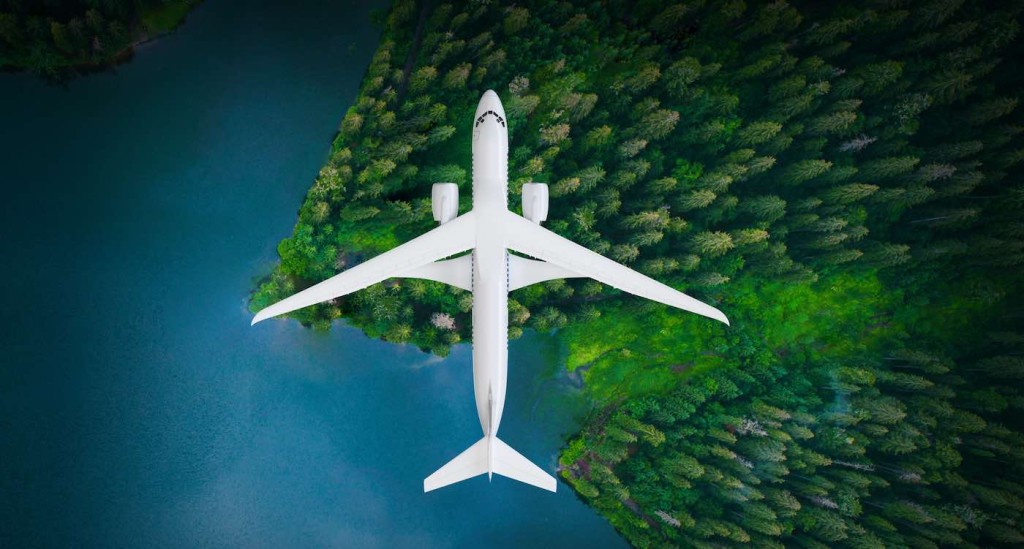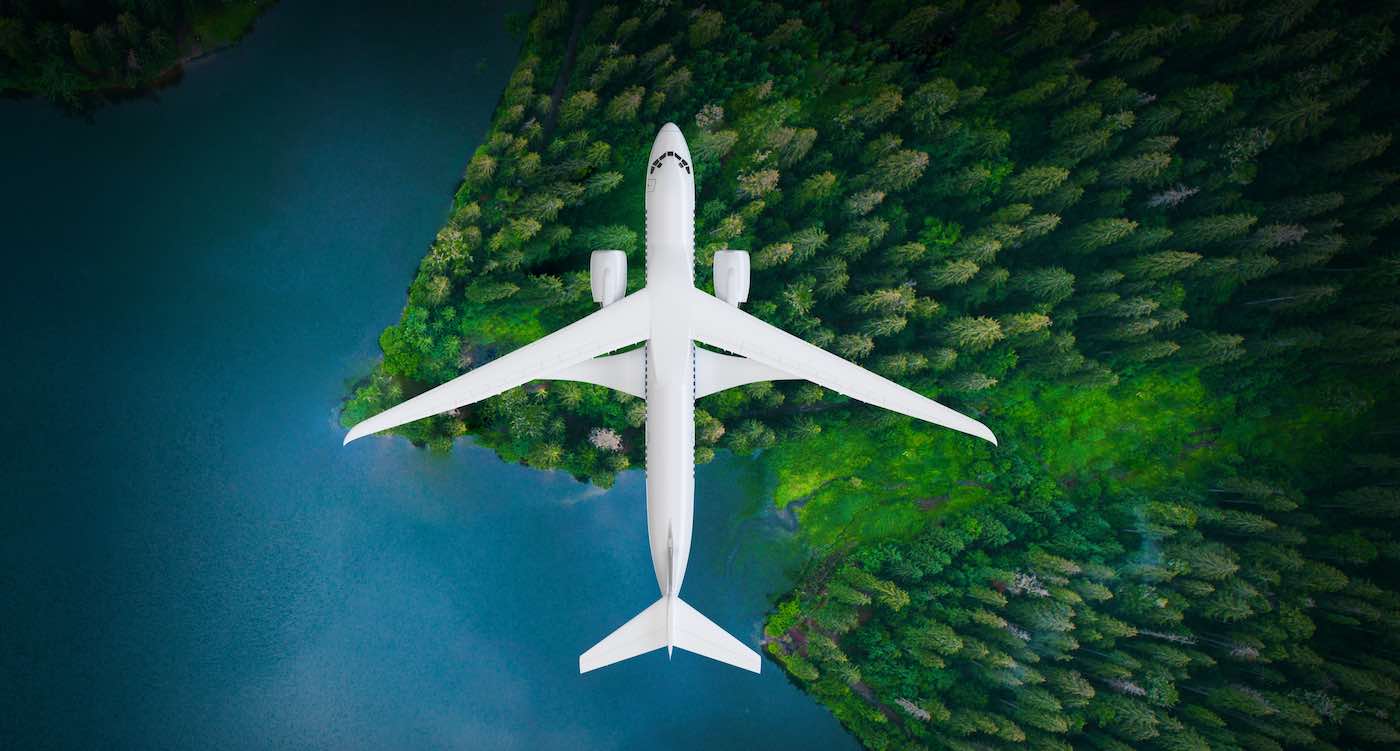
NASA and Boeing have unveiled the plane they hope will save the Earth.
The aim is for the experimental aircraft to help reach a net zero aviation emissions goal by 2050 in the U.S.
Working with NASA as part of a $725 million agreement, Boeing will build, test, and fly a full-scale demonstrator aircraft with extra-long, thin wings stabilized by diagonal struts, known as a Transonic Truss-Braced Wing concept.
It is hoped the new X-plane will inform a potential new generation of more sustainable single-aisle aircraft, which is the workhorse of passenger airlines around the world.
The space agency and Boeing said the aircraft produced through the agency’s Sustainable Flight Demonstrator project has been designated by the U.S. Air Force as the X-66A.
“At NASA, our eyes are not just focused on stars,” said NASA Administrator Bill Nelson. “The Sustainable Flight Demonstrator will help shape the future of aviation, a new era where aircraft are greener, cleaner, and quieter, and create new possibilities for the flying public and American industry alike.”
The X-66A is the first plane specifically focused on helping the U.S. achieve the goal of net-zero aviation greenhouse gas emissions.
LOOK: First Flight of Regional Jet Powered by Hydrogen Fuel Cells–40-Seater is Largest Ever to Fly
“To reach our goal of net zero aviation emissions by 2050, we need transformative aircraft concepts like the ones we’re flying on the X-66A,” said Bob Pearce, associate administrator for NASA’s Aeronautics Research Mission Directorate, who announced the designation at the American Institute of Aeronautics and Astronautics Aviation Forum in San Diego.
“We’re aiming high to demonstrate the kinds of energy-saving, emissions-reducing technologies the aviation industry needs.”
The Air Force confers X-plane status for development programs that set out to create revolutionary experimental aircraft configurations. The designation is for research aircraft and, with few exceptions, X-planes are intended to test designs and technologies that can be adopted into other aircraft designs, not serve as prototypes for full production.
“The X-66A will be the next in a long line of experimental aircraft used to validate breakthrough designs that have transformed aviation,” said Todd Citron, Boeing chief technology officer. “With the learnings gained from design, construction, and flight-testing, we’ll have an opportunity to shape the future of flight and contribute to the decarbonization of aerospace.”
The X-66A aircraft validates technologies for a Transonic Truss-Braced Wing configuration that, when combined with other advancements in propulsion systems, materials, and systems architecture, could result in up to 30% less fuel consumption and reduced emissions when compared with today’s best-in-class aircraft.
Due to their heavy usage, single-aisle aircraft today account for nearly half of worldwide aviation emissions. Creating designs and technologies for a more sustainable version of this type of aircraft has the potential for profound impact on emissions.
RELATED: Vermont Startup’s Electric Plane That Lifts-Off Vertically is Really Taking Off
For the Sustainable Flight Demonstrator, NASA has a Funded Space Act Agreement with Boeing through which the agency will invest $425 million over seven years, while the company and its partners will contribute the remainder of the funding, estimated at about $725 million. NASA also will contribute technical expertise and facilities.
JET This Good News to Eco-Warriors By Sharing on Social Media…




















